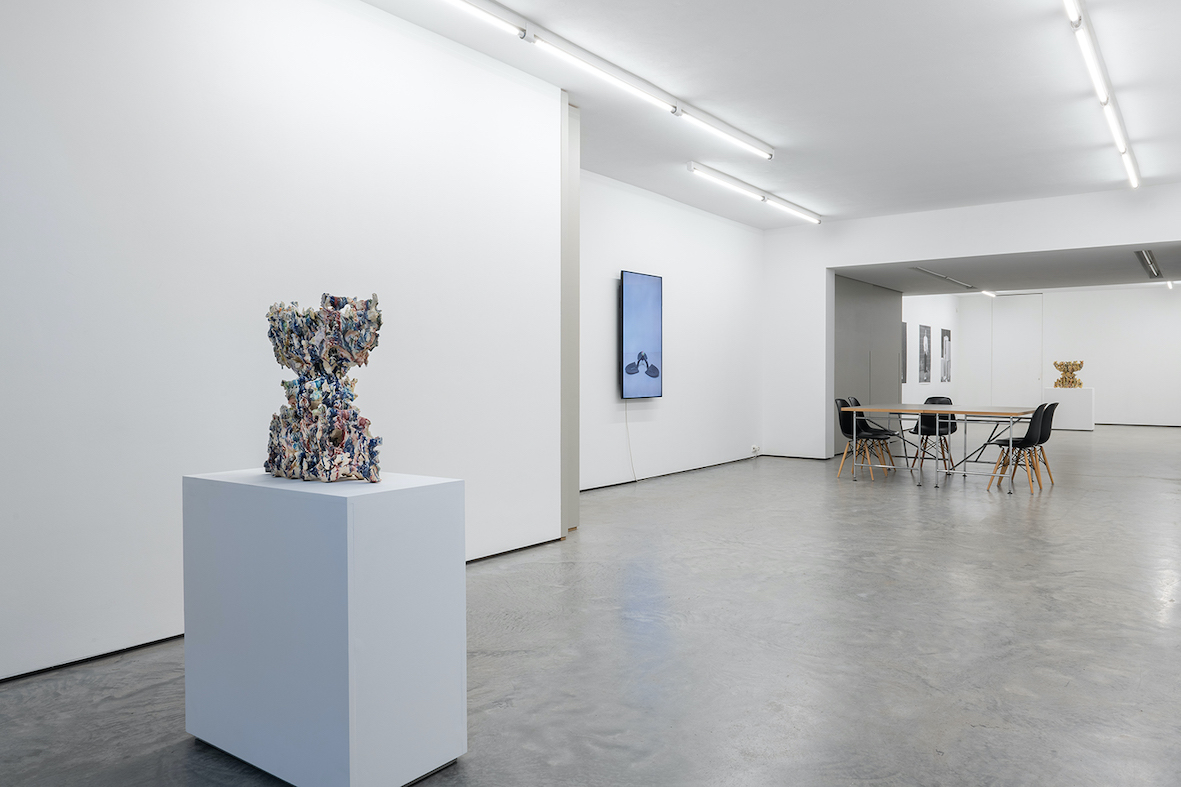


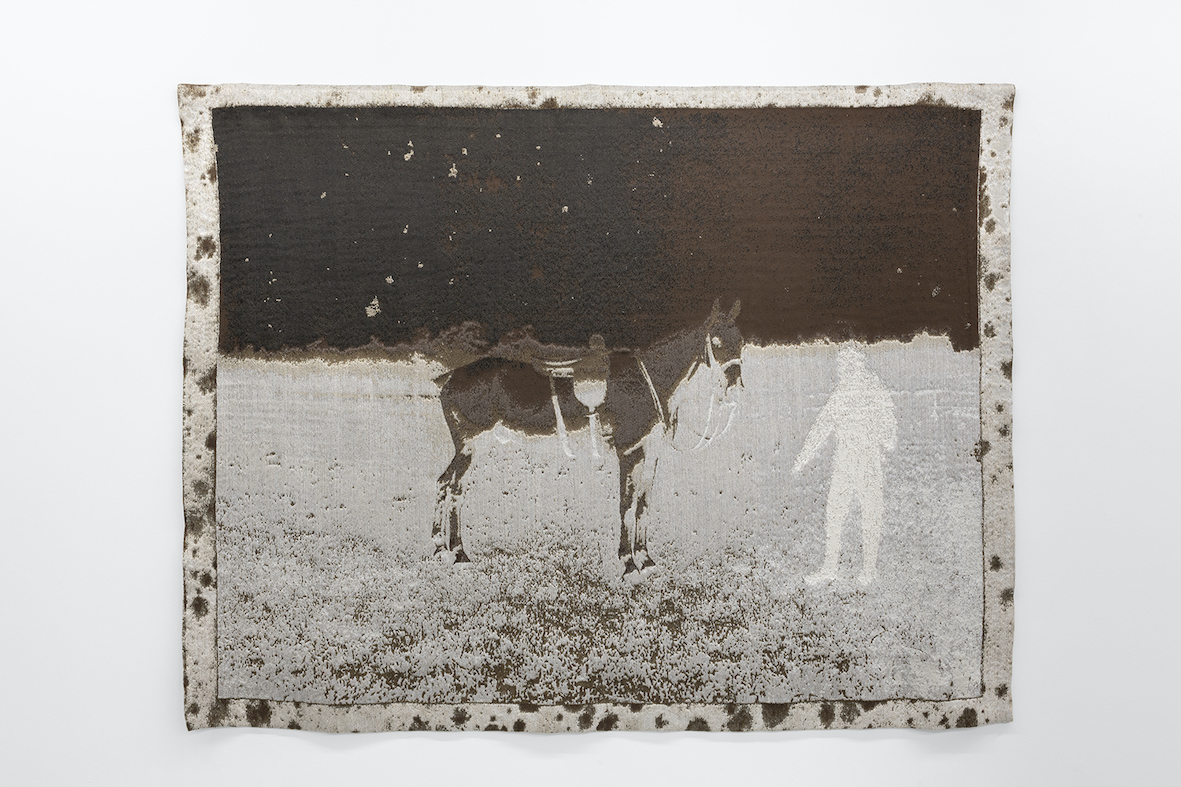
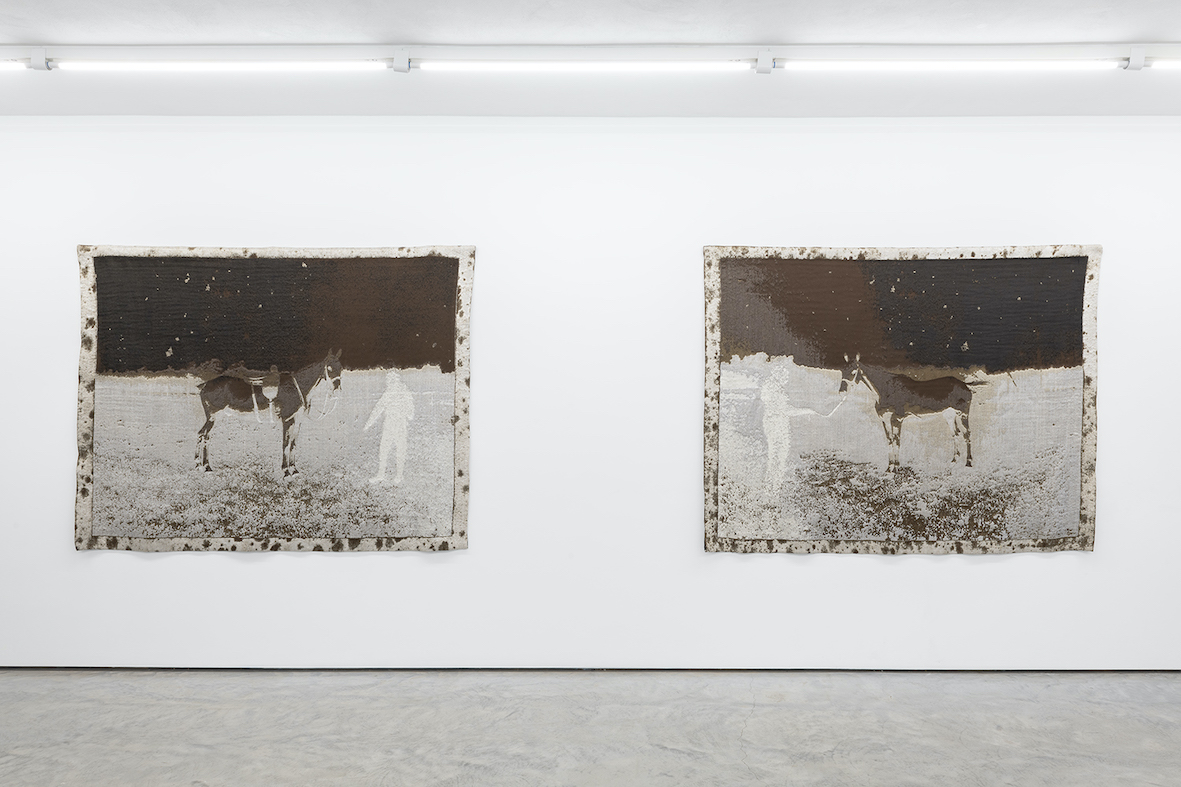
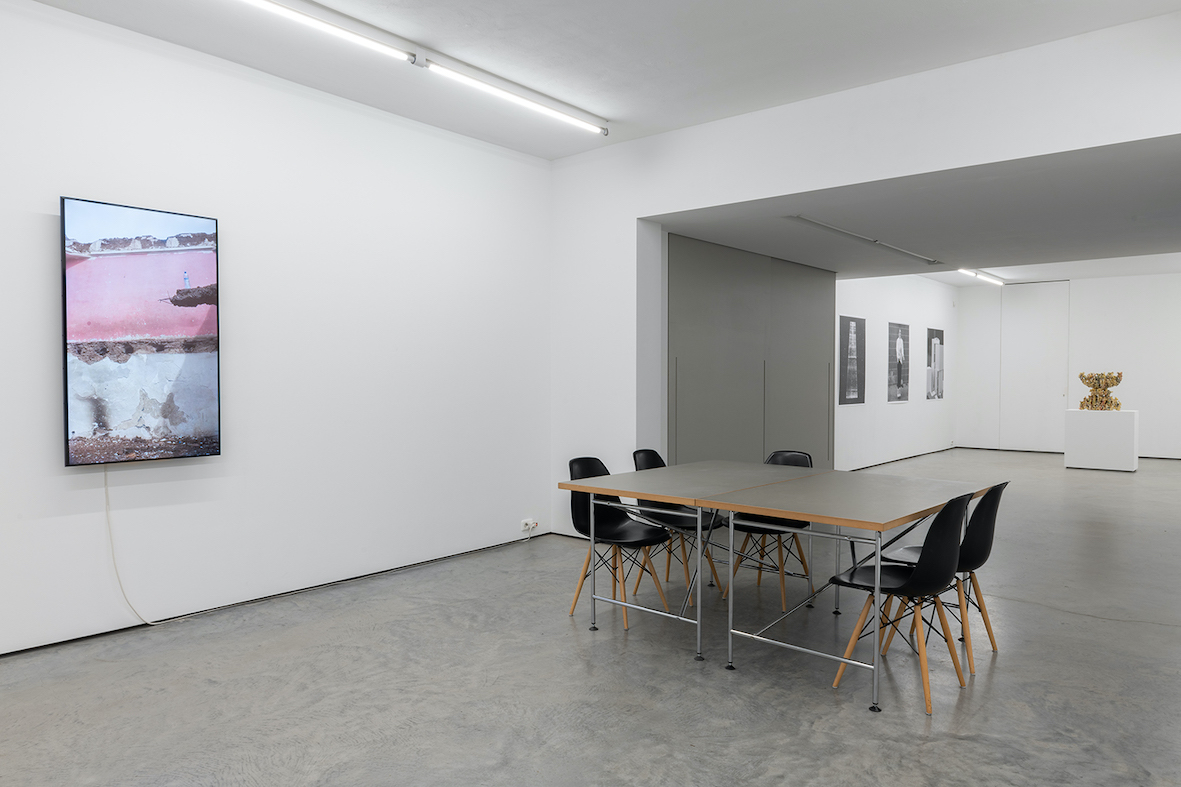
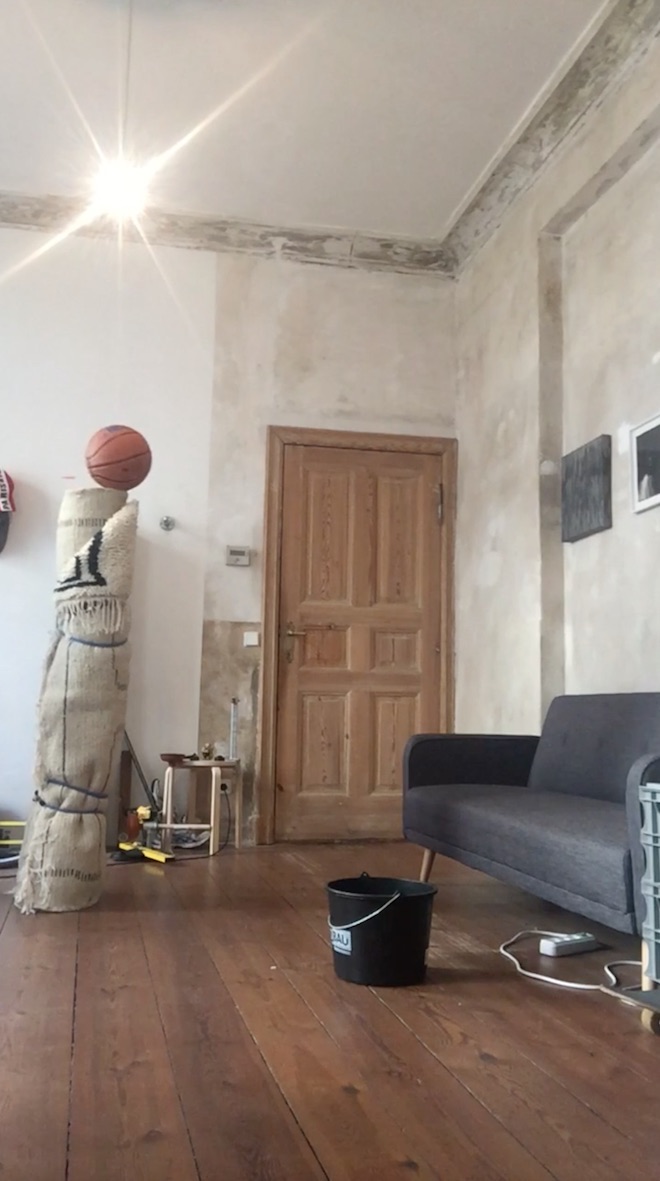

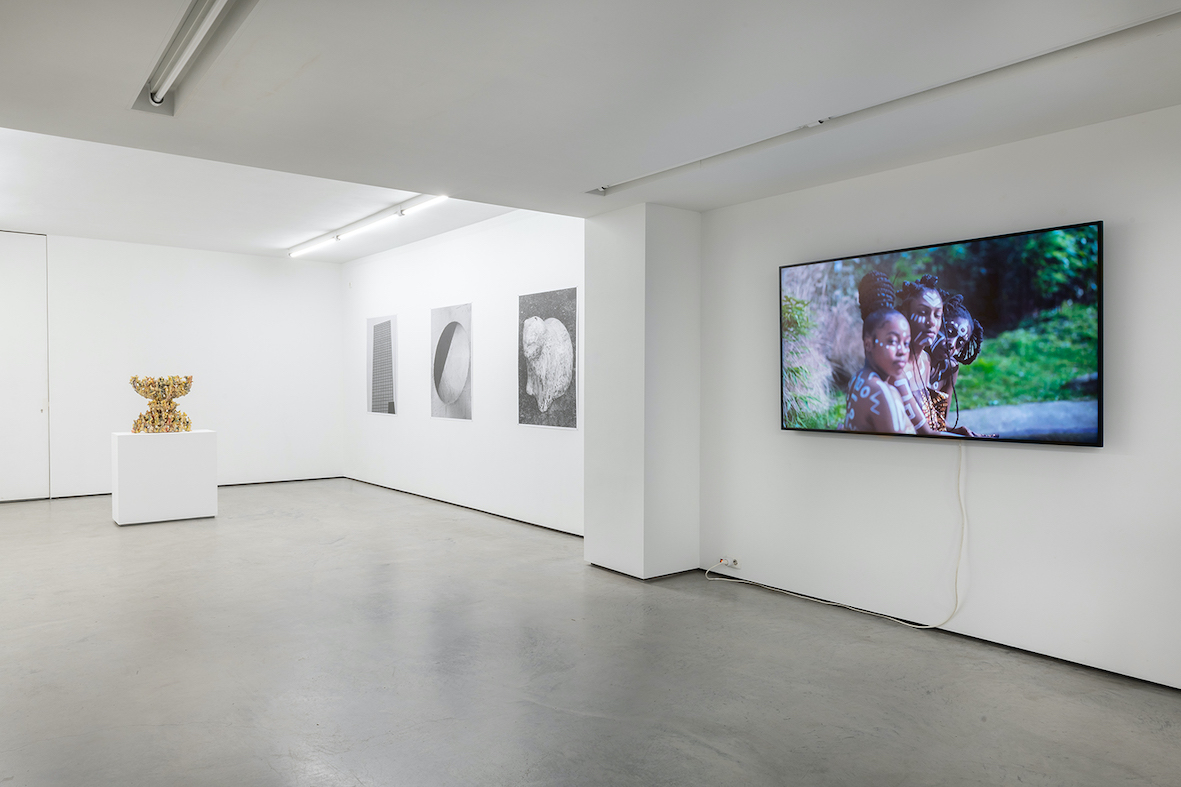
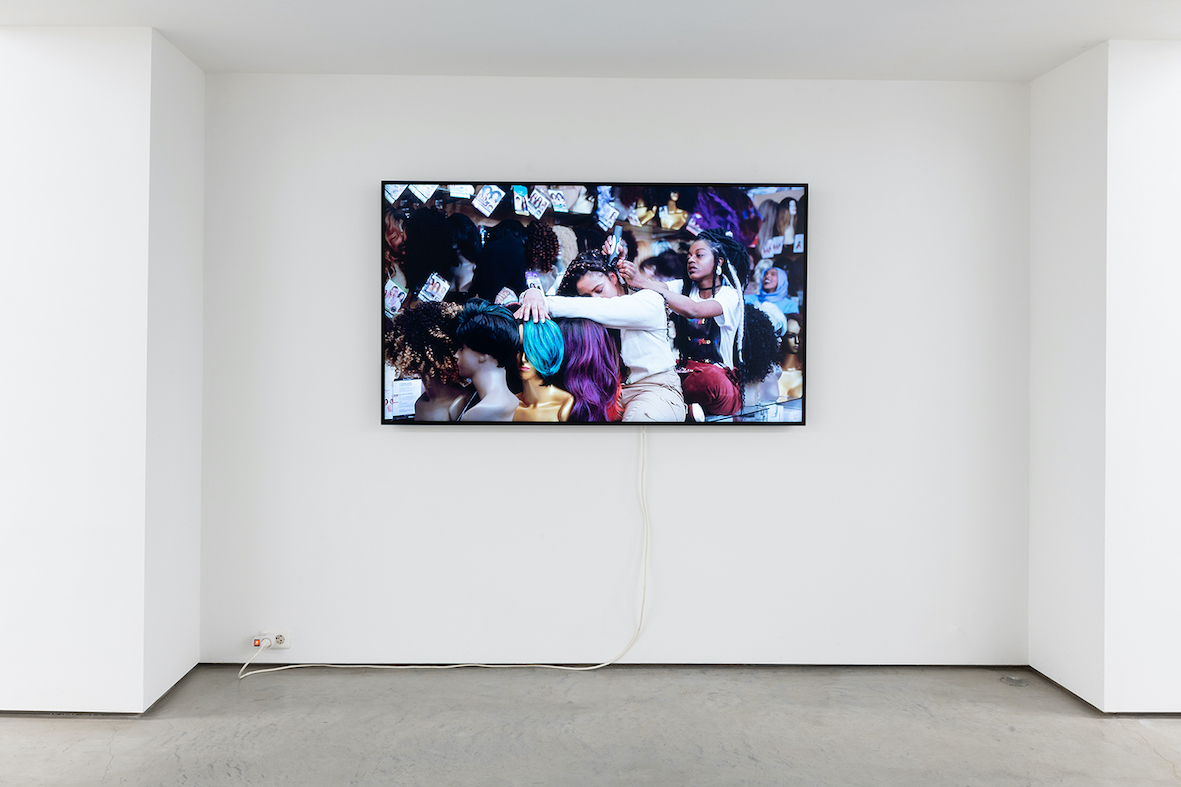
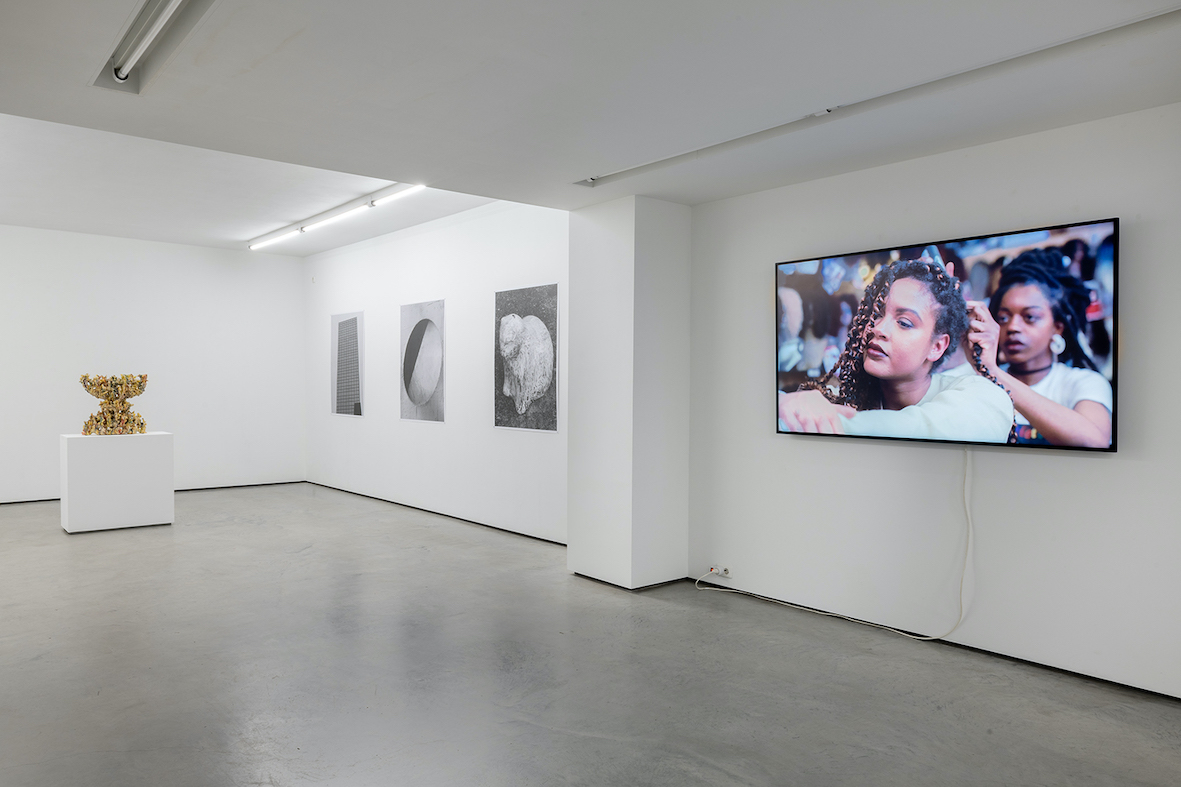
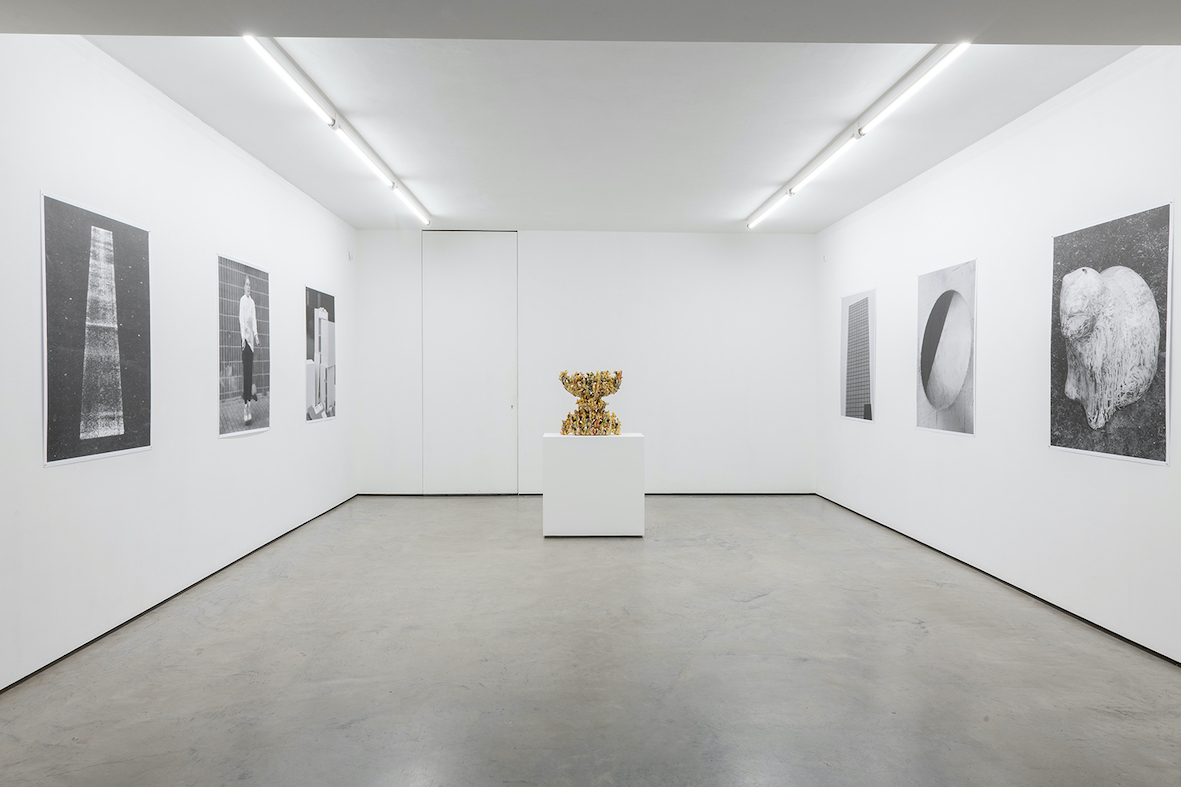
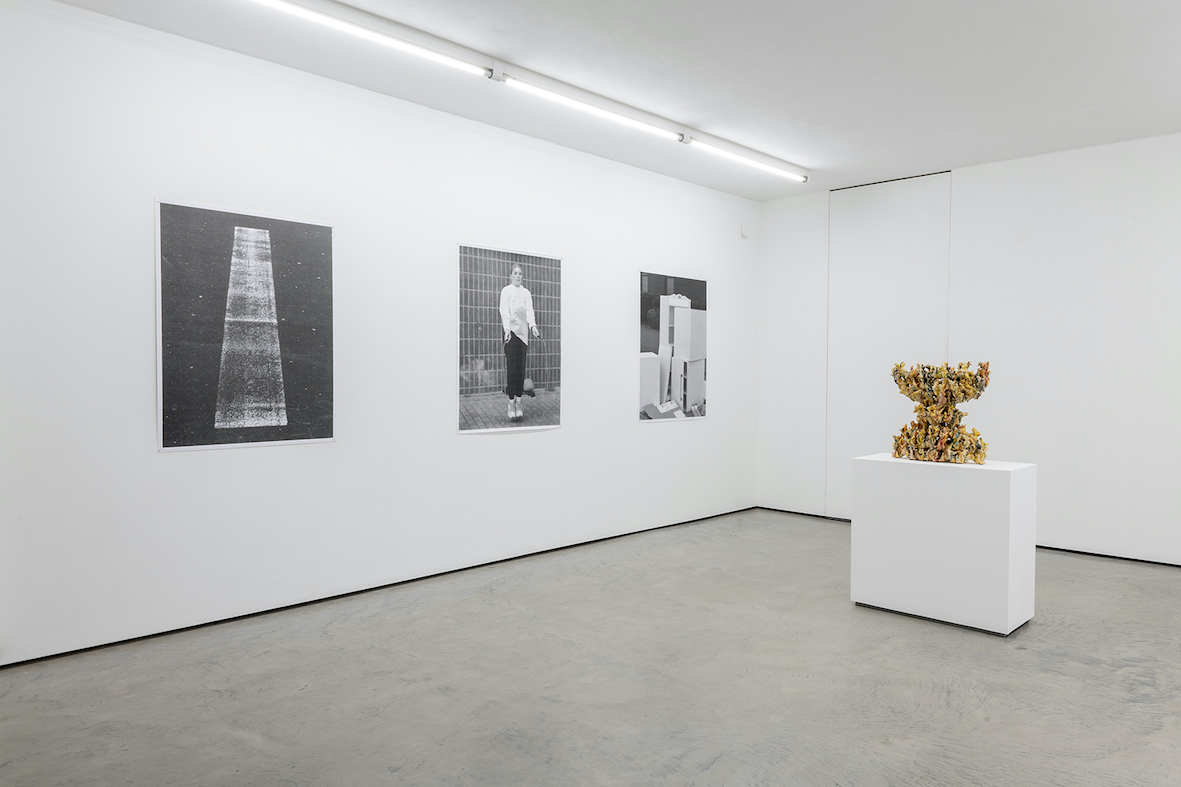
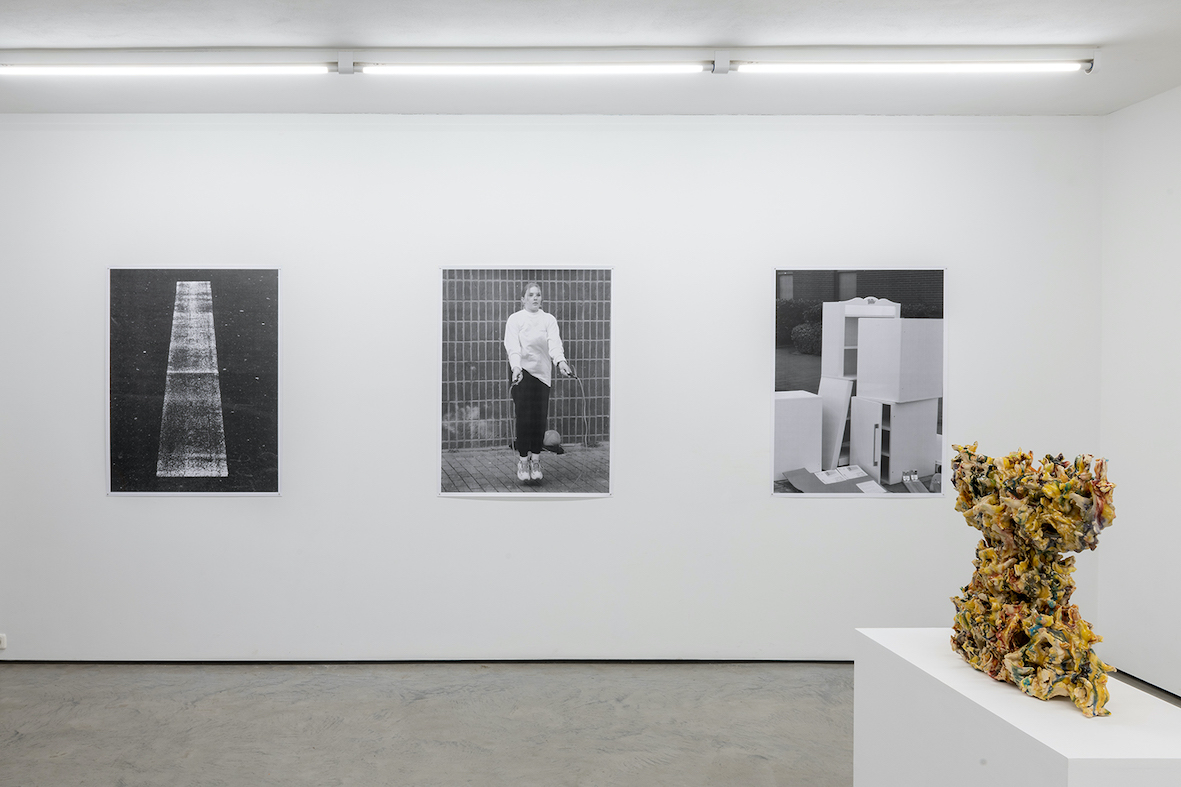
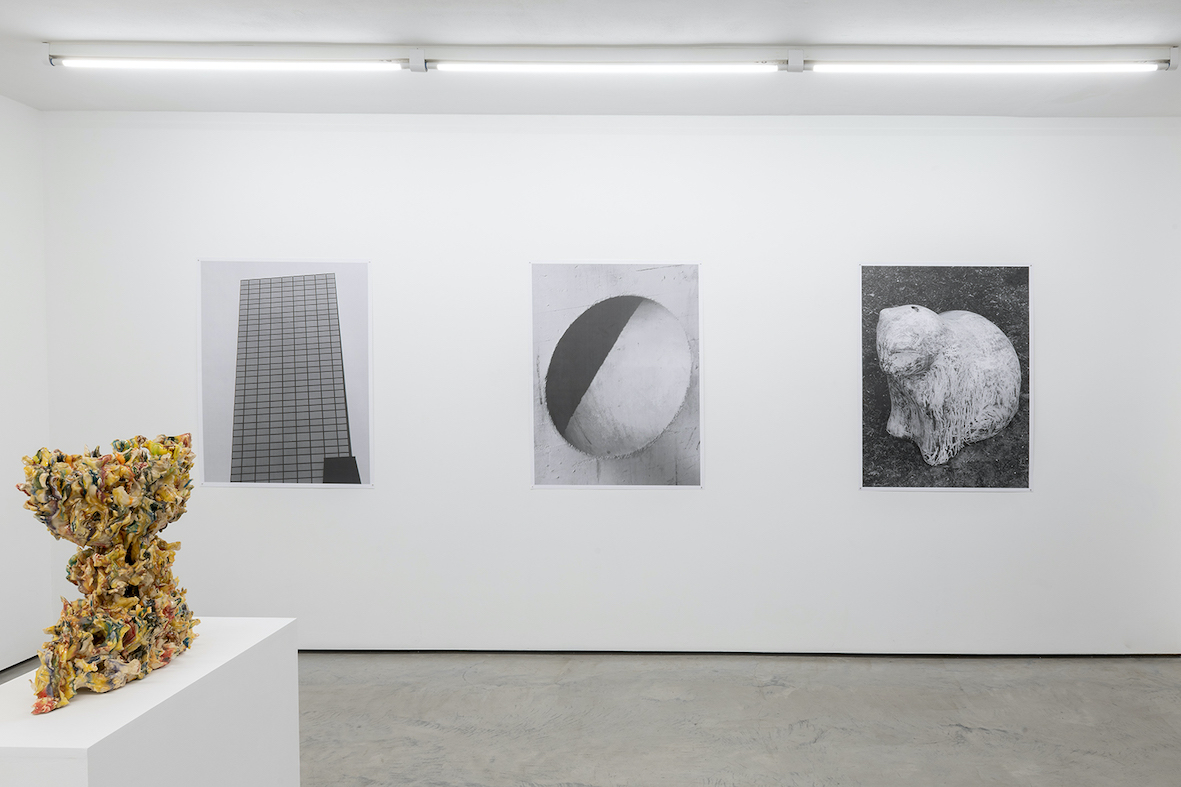
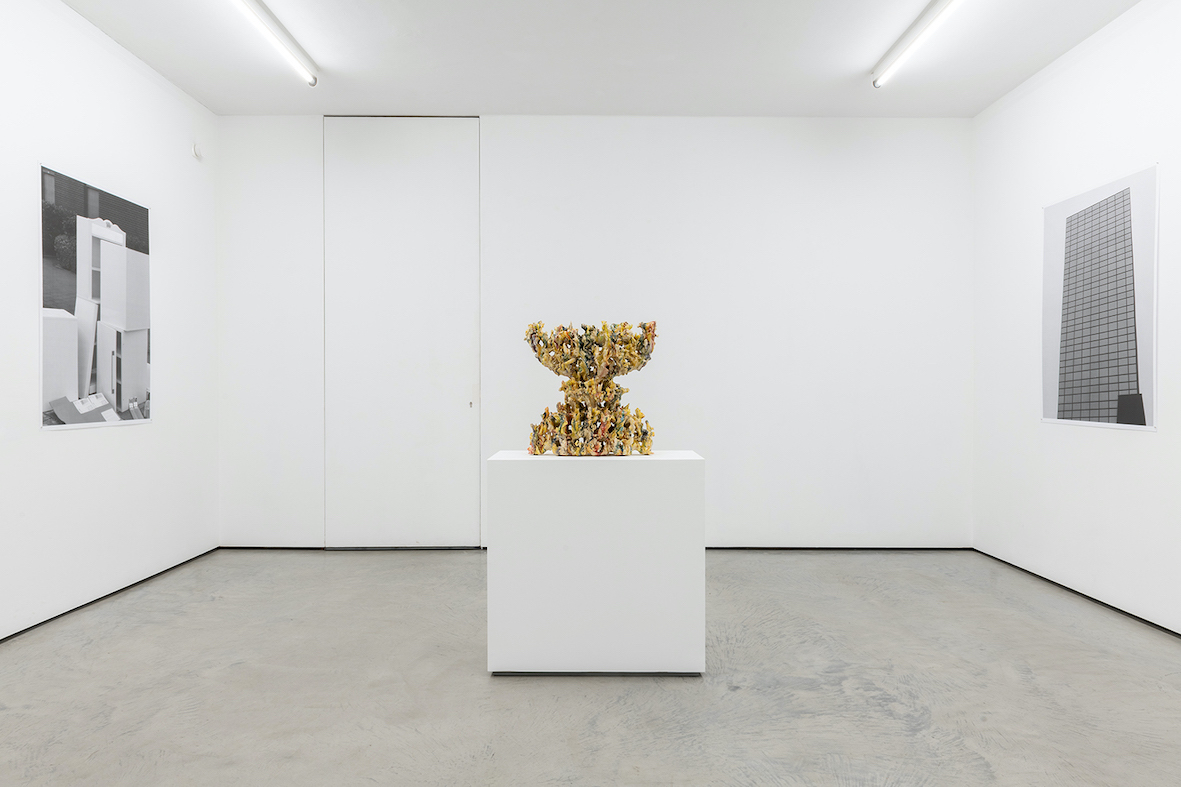
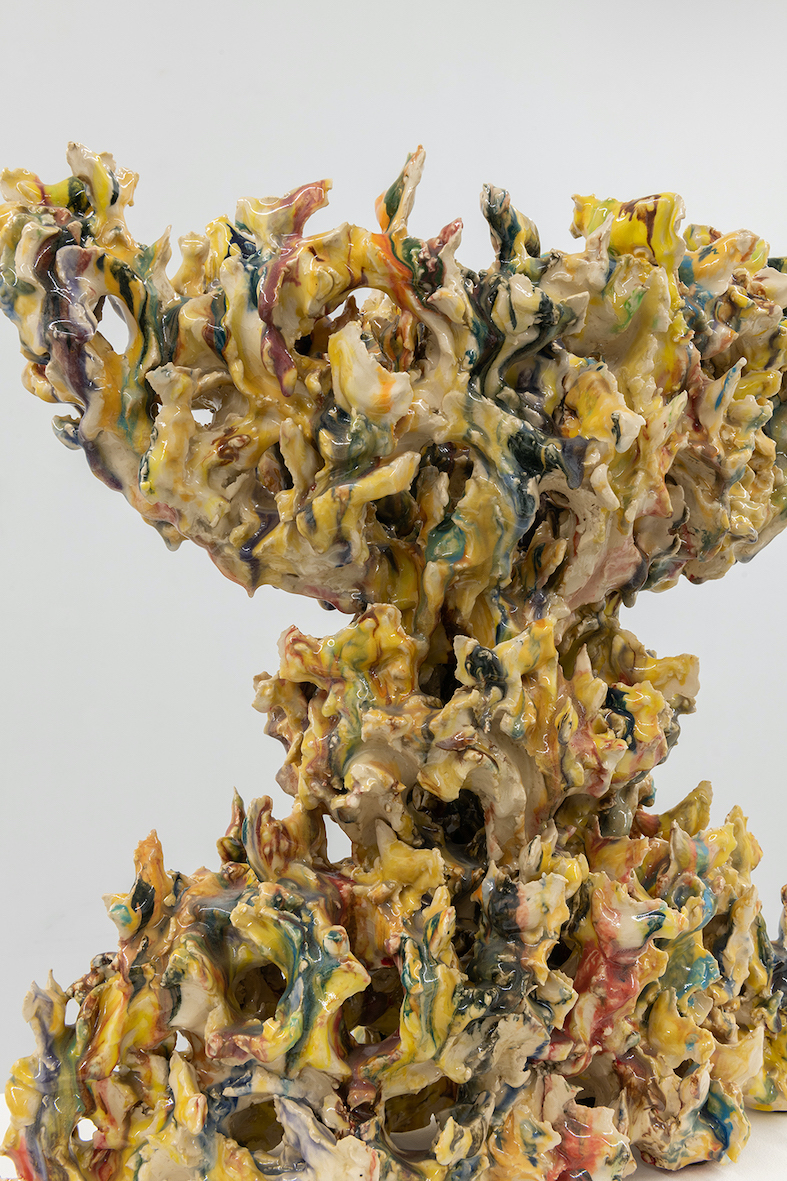

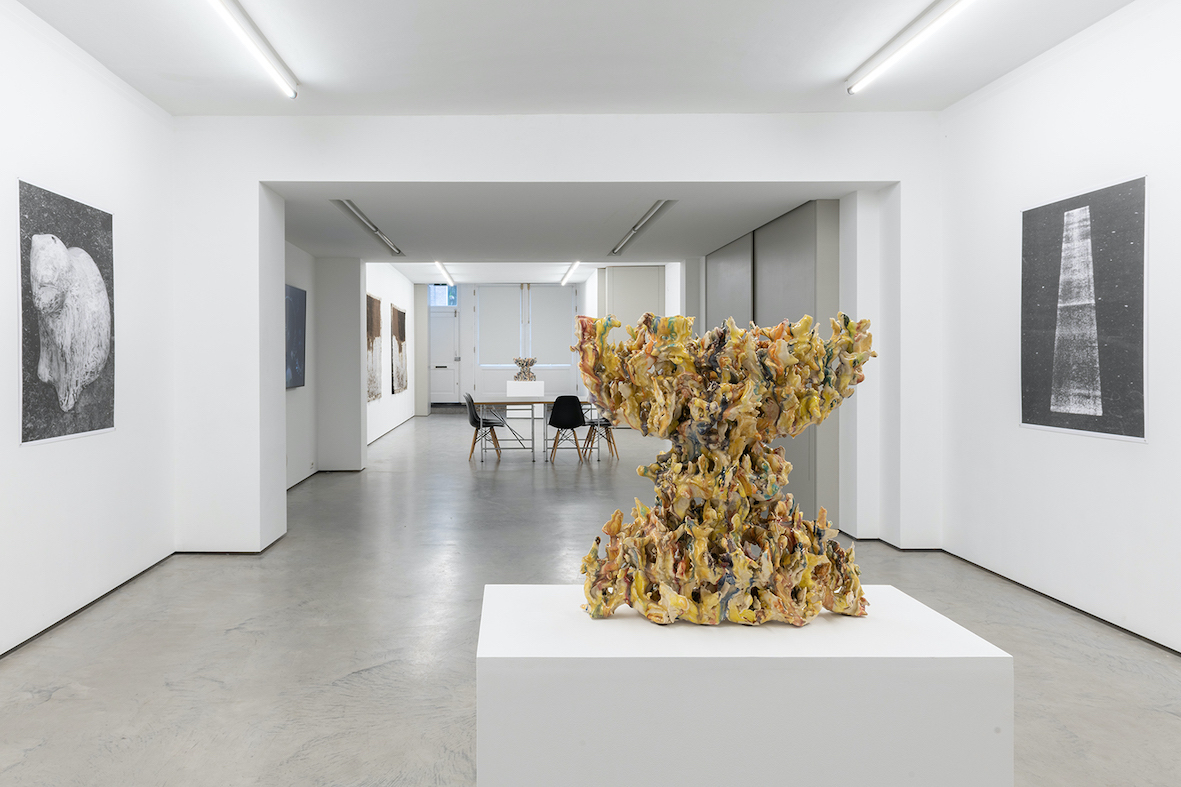

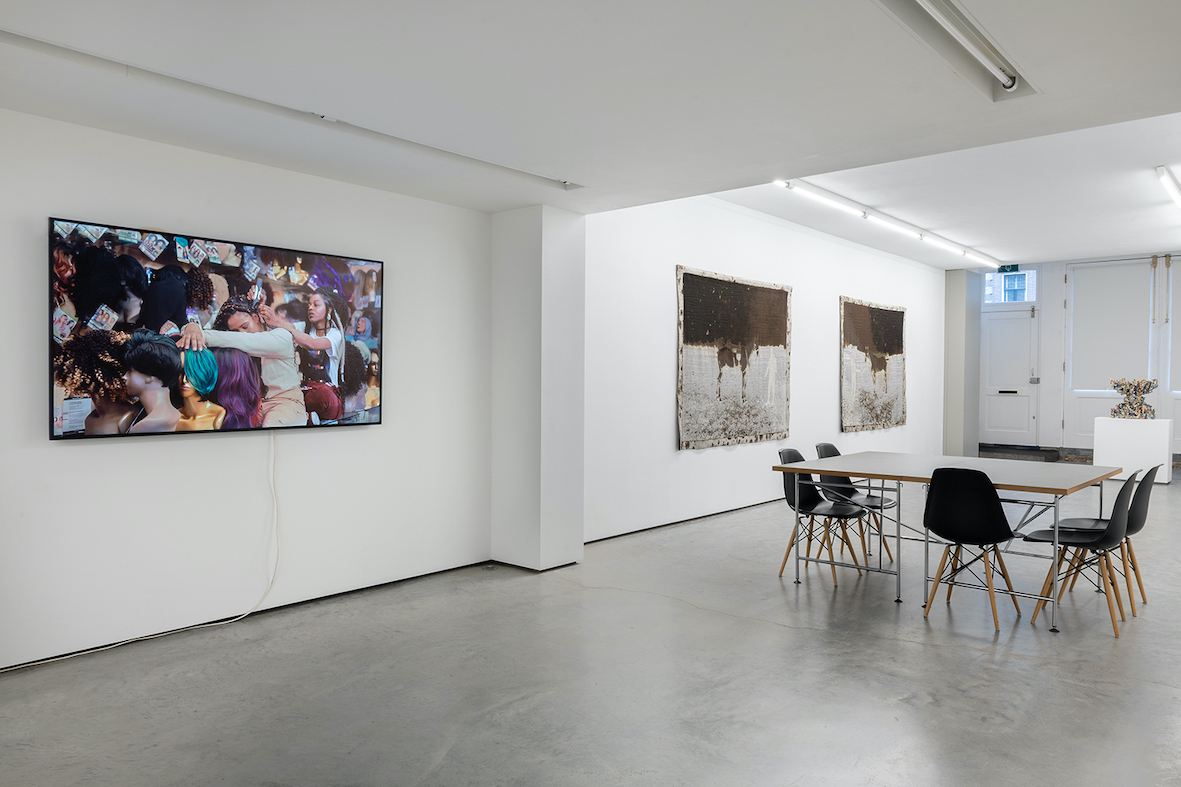
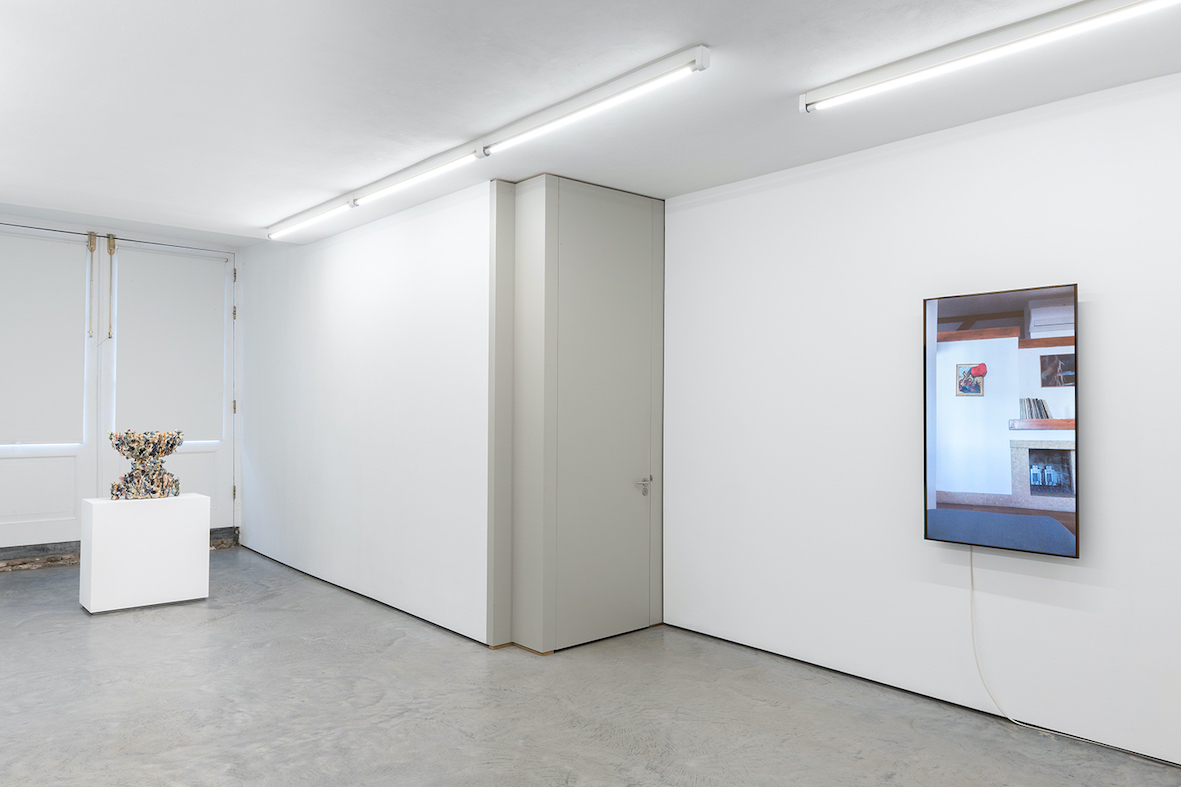



At tegenboschvanvreden we’re ringing in the new year with an exhibition based on the surprises of chance. Actually, chance is regarded as a mental construction based mainly on the subjective belief in coincidental occurrences. In art – just as in modern science – chance plays an important role, not as a disruption of the aim for perfection, but as a driving force, as an opportunity. Chance is Logical focuses on the coincidence of an encounter, particularly the opportunity for dialogue that this generates. It relates specifically to an encounter that leads to a dialogue via the language of images. We hope that this encounter will bring to mind the famous words of Johan Cruijff: chance is logical!
The work of the five artists in Chance is Logical is diverse, in terms of form as well as content, but shares a common concern for the way in which the present is tinged by the past, and the past conversely assumes new urgency in the present. The works shown by Laurence Aëgerter (1972, FR) come from a series of five jacquard tapestries titled The Somnambulic Archive. The tapestries are based on photographs from the archives of Museum Van Loon in Amsterdam. For her tapestries The Horse’s Guides, 2012, Aëgerter used phosphorescent threads in order to pivot the historical narrative of the original image: emerging from the darkness, next to the saddled horse, is the outline of a servant. This figure, which had been scraped away in the original photograph and retouched with brown ink, was given back his own place in the family’s history thanks to the artist’s intervention.
Aëgerter’s practice is rooted in research. The same can be said about the work of Kymani Ceder (1999, NL), which revolves around the key concepts of collaboration and ‘community’. Ceder’s concern is to find new ways of telling stories by means of metaphors and symbols. Her film The Crown, 2019, began as a project about ‘naturally Black hair’ and developed into a poetic ode to African-Dutch people who are proud of their Afro-textured hair and their origins. In this decolonialized time machine Ceder takes us on a journey through the legacy of a remarkable hairstyling tradition while intertwining past and present. About eighty people participated in this short film, including a number of well-known Dutch personalities such as Veronica van Hoogdalem, Digitzz, Sylvana Simons, Clarice Gargard and Guillermo Babel. Ceder also collaborated intensively with Robin Ramos in order to realize the work.
Stratification, metamorphosis and reappropriation can be seen not only in the work of Aëgerter and Ceder; it characterizes works by Guido Geelen (1961, NL) as well. Geelen is an artist who acquired international fame with his sculptures of utilitarian objects – washing machines, vacuum cleaners, books – in fired red clay. Chance is Logical includes two of Geelen’s goblets from the series Spectrum, an ongoing series of works that began in 1988. As a form the goblet has a rich historical tradition, ranging from the simply to the lavishly decorated. Geelen used a soup terrine as a mold for his goblets.
He developed his sculpture on the basis of the bowl shape, stacking it downward and upward, and with the characteristic handles of a classic terrine. Geelen’s goblets have no smooth surface; on the contrary, they consist of wildly kneaded strands of clay that still show imprints of fingers. The dynamic quality of their surface is intensified by the frequently colorful little figures that appear on it.
Some figures have been kneaded into shape, while others are transferred decals of flora and fauna, like those marketed by the company Mulder during the 1950s for the decoration of bowls and vases. The pictures of cows, sheep, chickens and even an occasional farmer’s wife playfully allude to Dutch farm life. At the same time they evoke associations with the world-famous porcelain produced by Meissen. When seen close up the multicolored figures look realistic, but at a distance they transform into patches of color which, in combination with the various hues of glaze, seem to give the sculpture an abstract character. In this way, via the color spectrum, Geelen allows time, and thus history, to become fluid.
In the work of both Bertrand Cavalier (1989, Tarbes, FR) and Josep Maynou (1980, ES) metamorphosis occurs in the image of the ordinary. Maynou produces work in a range of disciplines that can be defined as a contemporary form of storytelling. His installations are often shown at places outside the usual ‘art context’: television repair shops, private apartments, vacant industrial spaces, laundromats or secondhand shops. Maynou’s stories are like moments lost in translation, chance experiences that can be real or imagined. From his textile works and sculptures to his drawings and videos, each work tells an amusing story about the structure of social exchange. In his video work Untitled, 2017-2019, a familiar moment of boredom is linked with great achievements.
Bertrand Cavalier investigates the interaction between people and their surroundings, particularly urban surroundings as they took shape in the age of modernism. Architecture is an expression of the socio-political order, which has a strong influence on day-to-day life. Cavalier’s photographs show, above all, how man and nature move in that built environment and affect it, thereby ‘restructuring’ it. Permanent Concern consists of a series of smartphone photographs that Cavalier took in the Netherlands over the past year. The objects and situations that he portrays are often recognizable and ordinary: from a plastic table to a brick wall blotched with paint or a girl jumping rope. The full zooming-in used by Cavalier reveals, just as his presentation of the photographs as monochrome laser prints does, the inherent structure of his subjects and how, as ‘foreign objects’, they break with the original order. In this way Cavalier emphasizes the various aspects of urban planning, including the unintentional, the ‘mishap’, as a quality that allows room for a subjective and personal use of the cities in which we live. For here too: chance is logical!